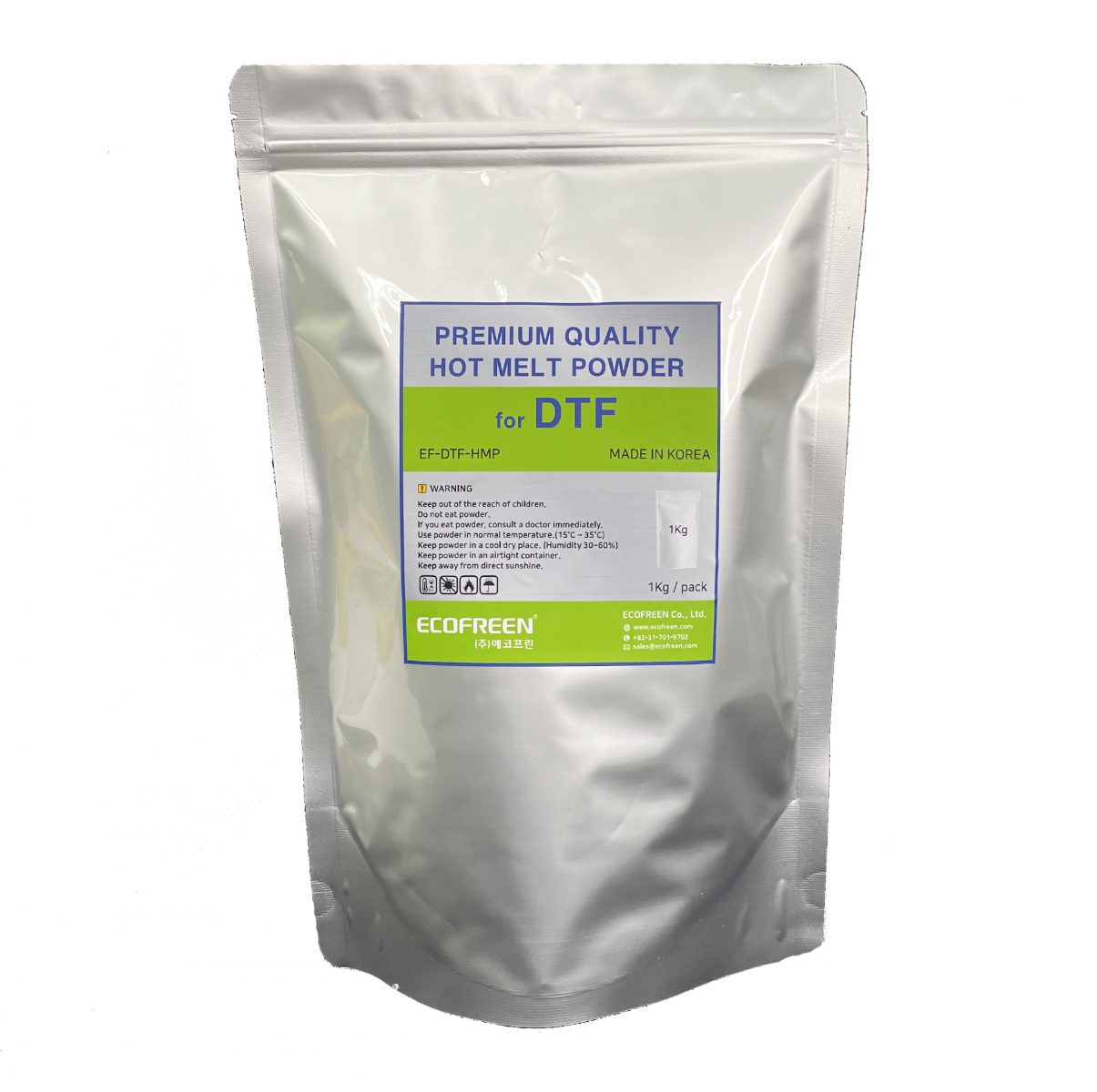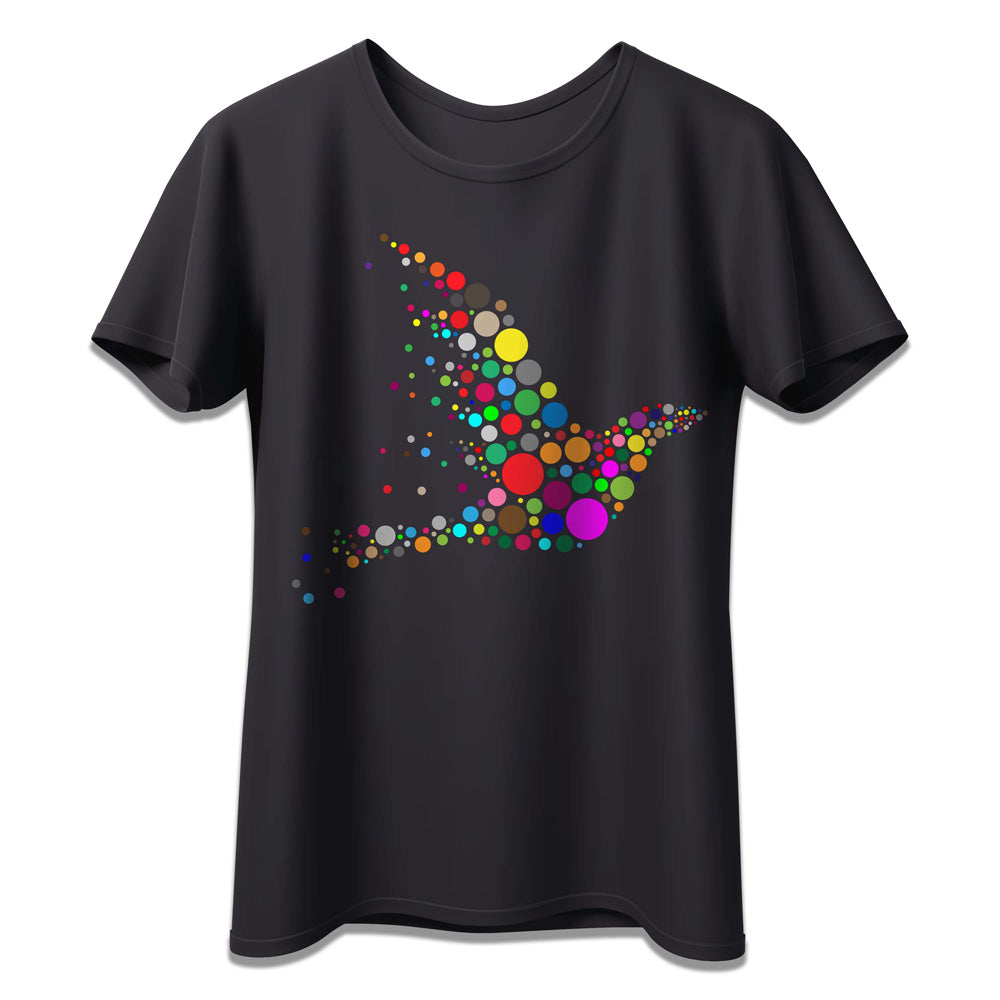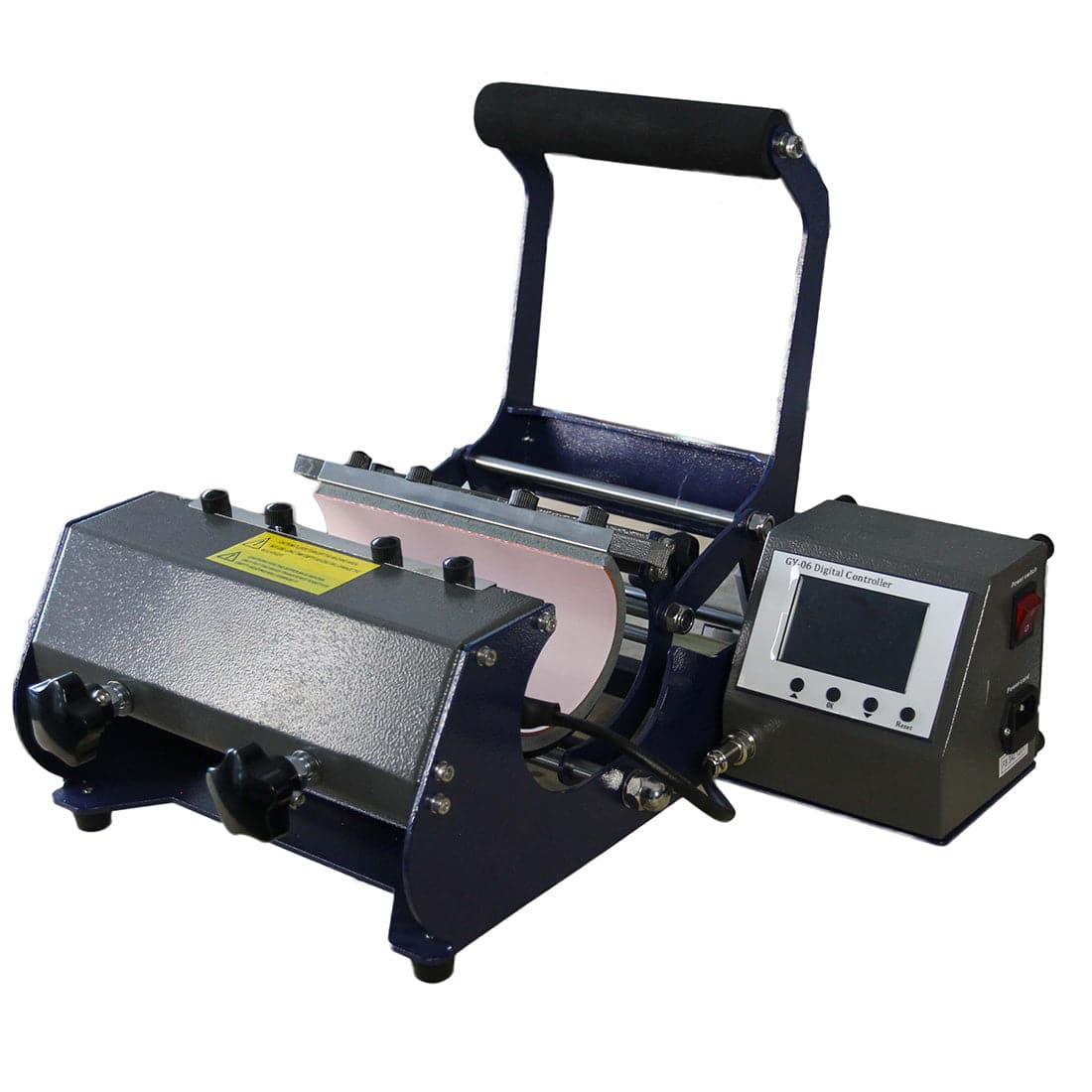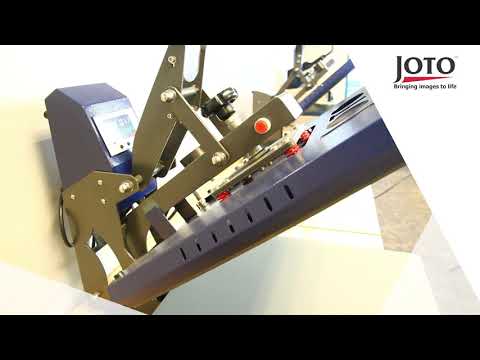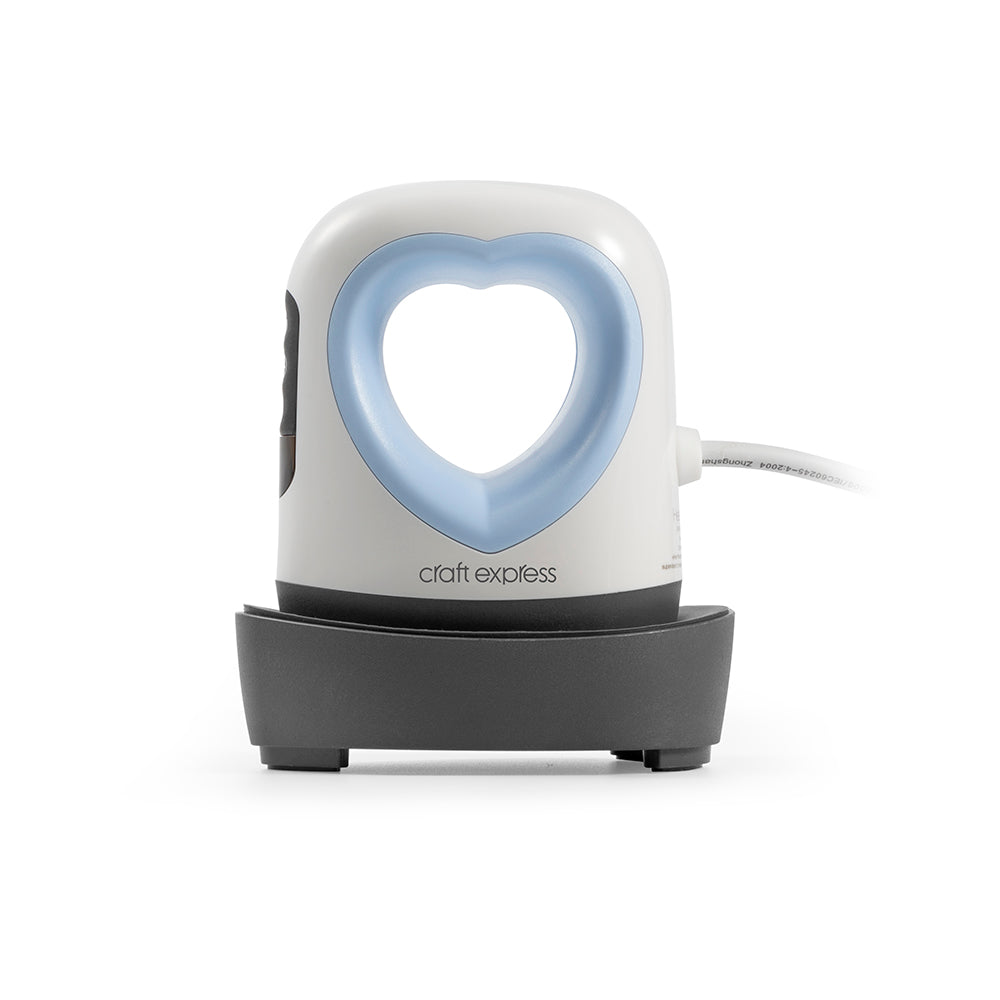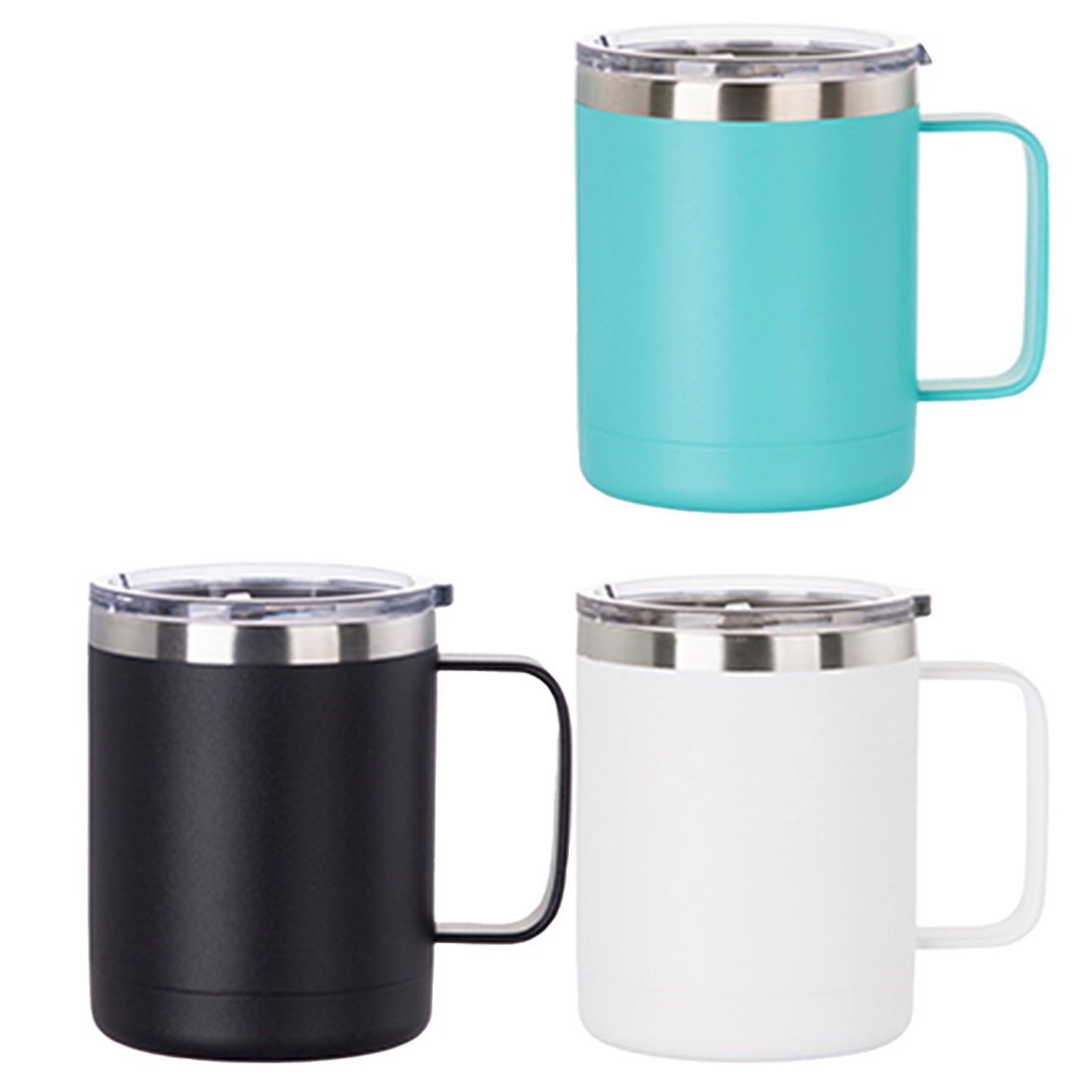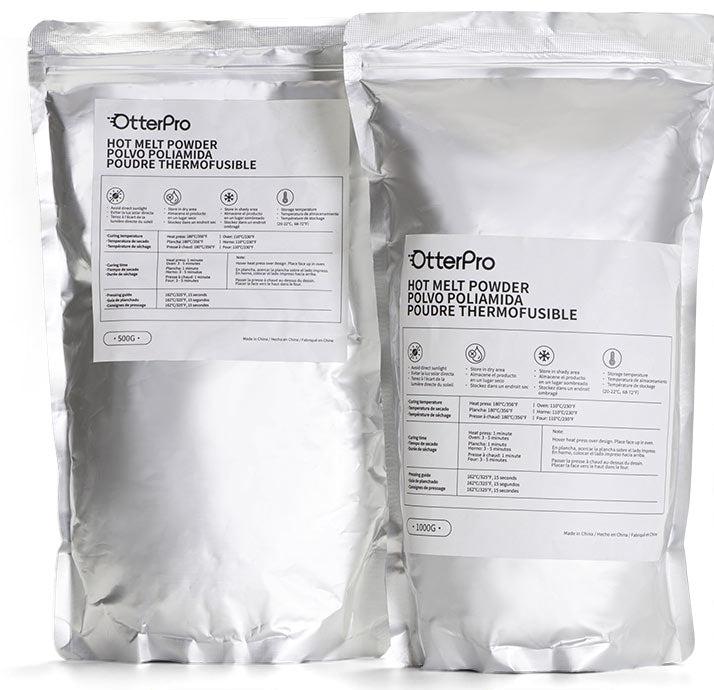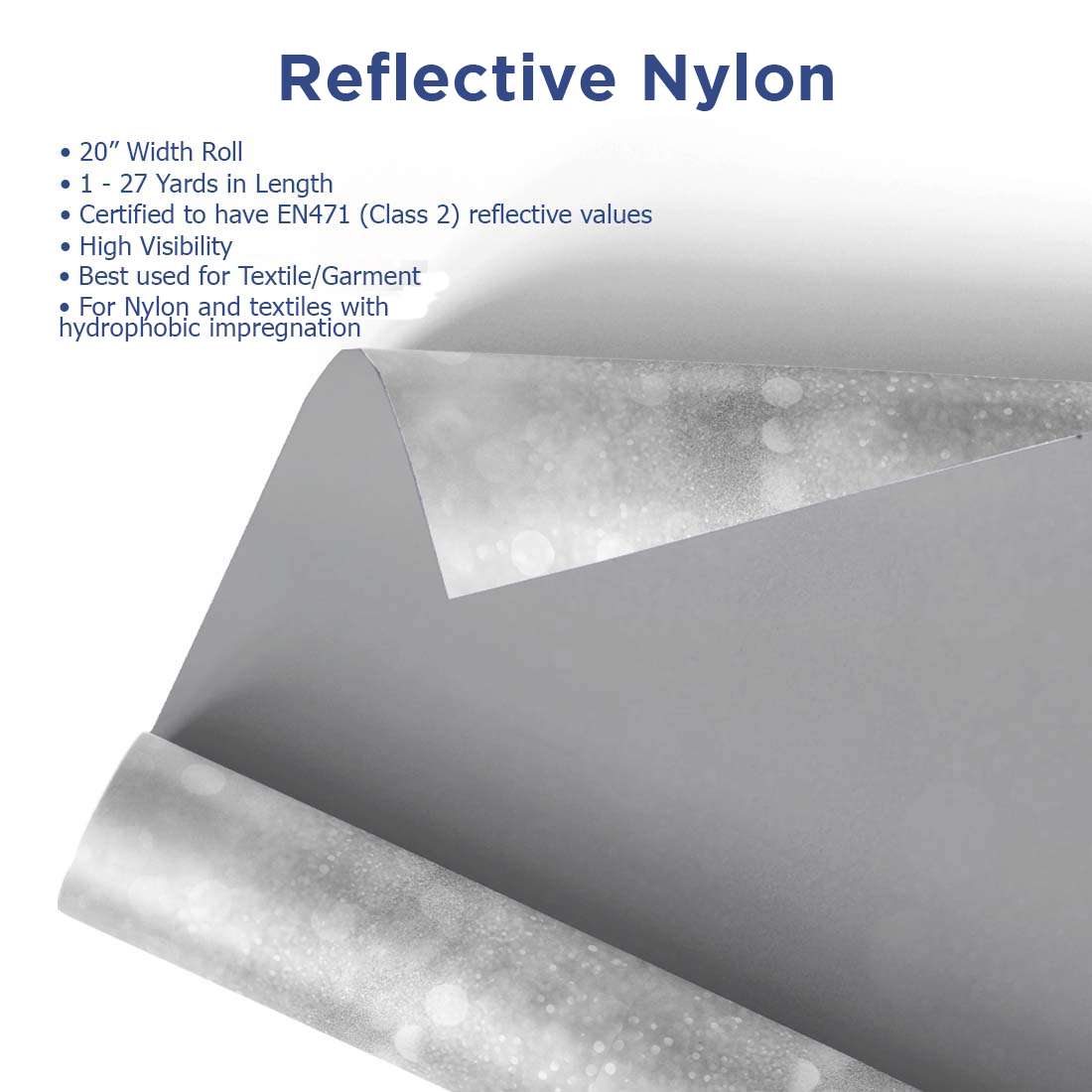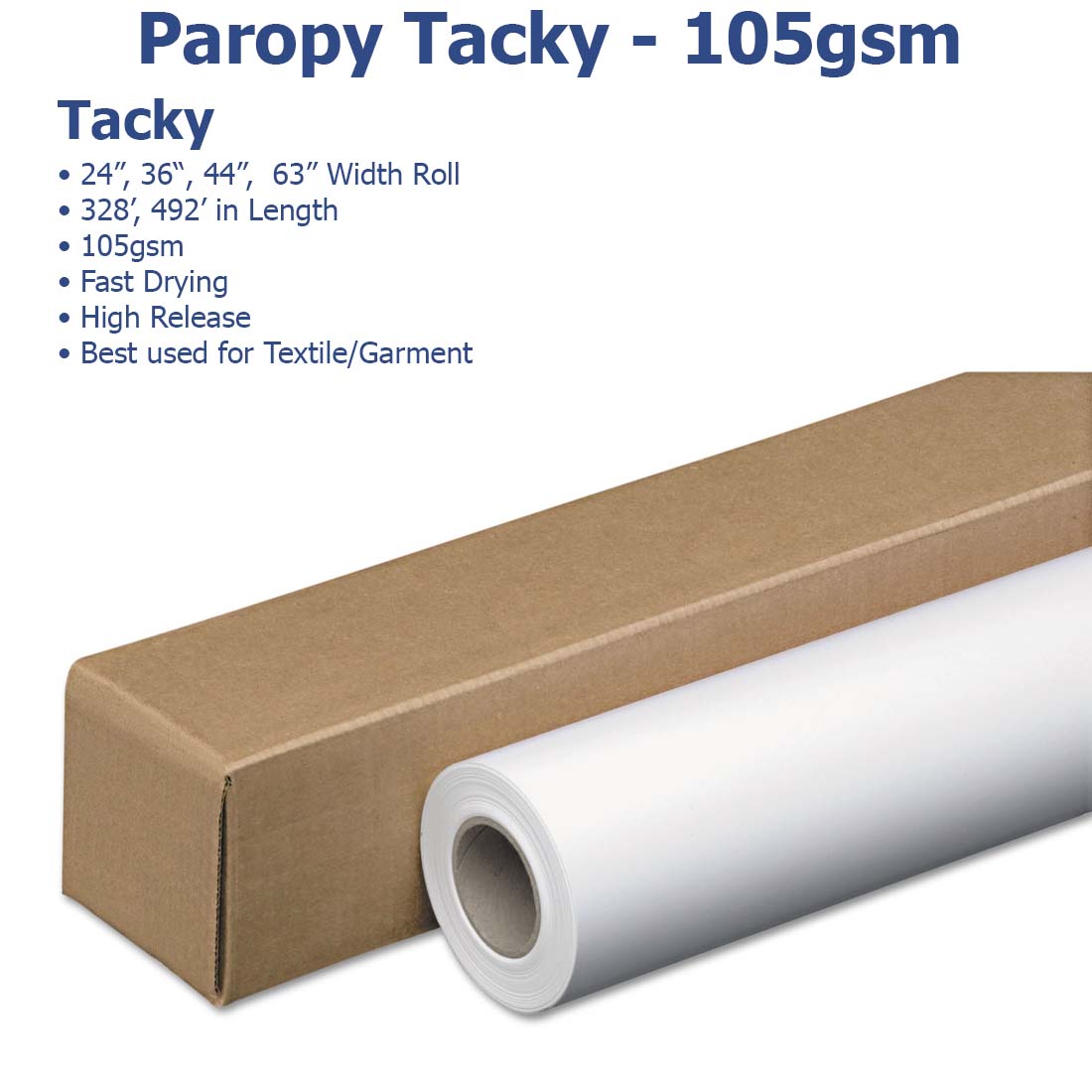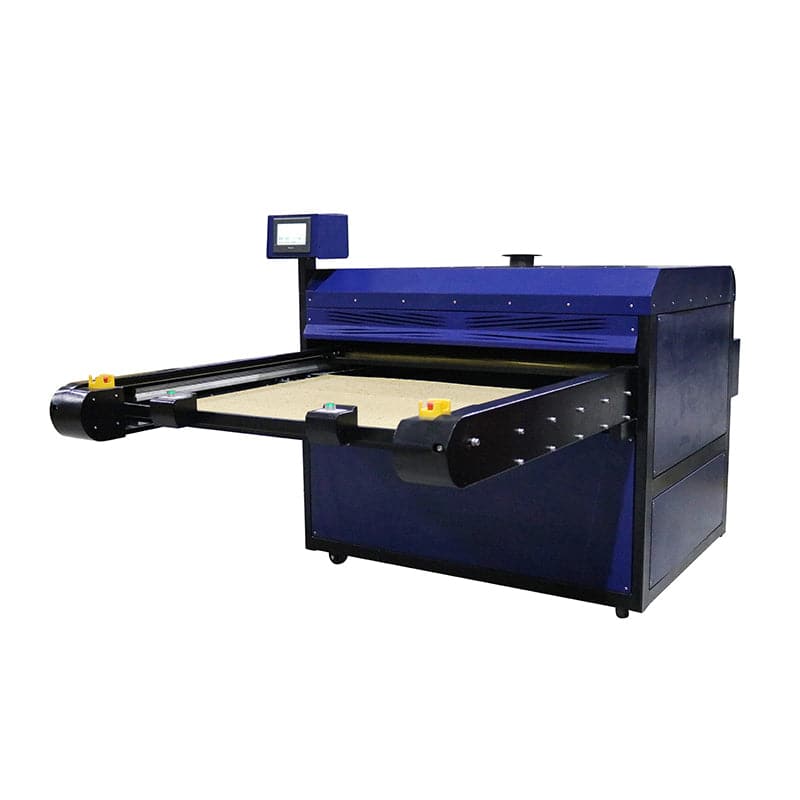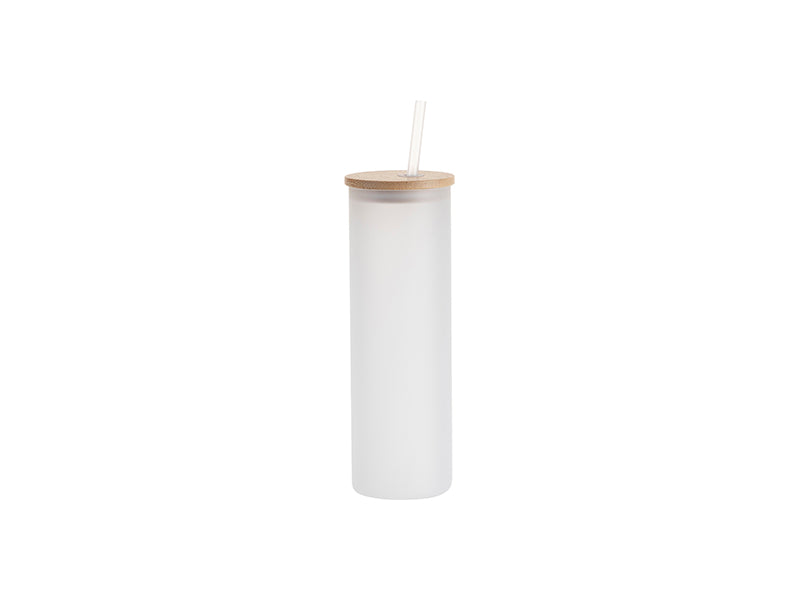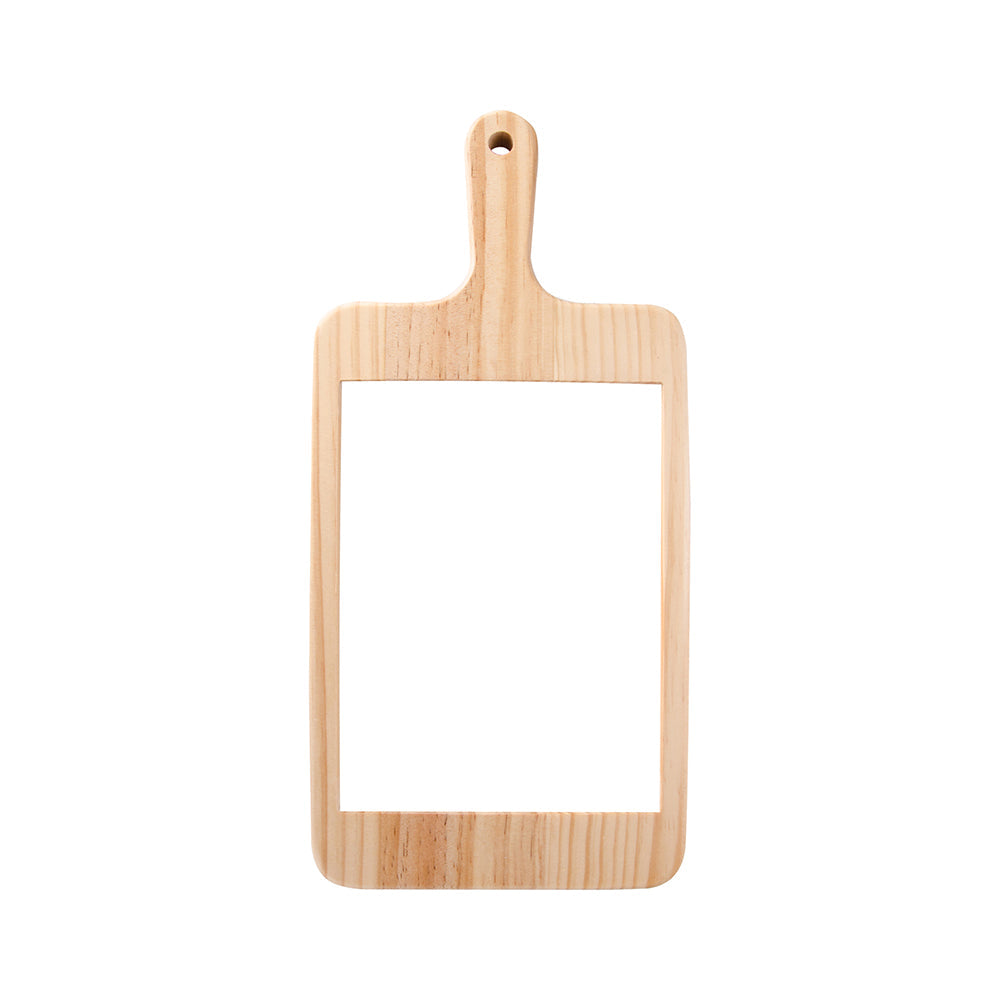
Curious about sublimation printers? This comprehensive guide breaks down everything you need to know—from how sublimation printers work to choosing the best model for your projects. Perfect for beginners and pros alike!
What is a Sublimation Printer? A Comprehensive Guide
Sublimation printers might sound complicated, but they’re game-changers for creating custom items like T-shirts, mugs, and much more. This guide is here to explain everything about sublimation printers—from how they work to choosing the best one for your projects. Whether you’re just getting started or looking to upgrade your gear, this guide will cover all you need!
What is Sublimation Printing?
Let’s start with the basics. Sublimation printing is a method where ink turns into gas without going through a liquid stage. This gas then bonds with the material, resulting in vibrant, long-lasting designs. Unlike traditional printing, sublimation embeds the ink into the material, ensuring your prints won’t crack, peel, or fade over time.
How Sublimation Printing Works
Here’s the lowdown: sublimation printing involves printing your design onto special sublimation paper using sublimation ink. Then, with the help of heat and pressure, this design transfers onto materials like polyester fabric or polyester-coated items. The heat turns the ink into a gas that permanently embeds itself into the material. That’s why sublimation prints last—they’re literally part of the fabric!
What is the Difference Between Sublimation and Regular Printing?
Regular printing just lays ink on the surface of a material, which can eventually wear off. Sublimation, on the other hand, makes the ink part of the material itself. This means the colors stay vibrant longer, and the design won’t crack or fade. Think of it as the difference between a sticker (regular printing) and a tattoo (sublimation)—one sits on top, and the other becomes part of you!
What Can You Use Sublimation Printing On?
Sublimation printing works best on polyester fabrics and items with a special polyester coating. This includes T-shirts, mugs, water bottles, Sublimation HD Photo Panels, and even sports gear. The only catch? It doesn’t work well on cotton or dark-colored materials without special tricks.
Understanding Sublimation Printers
Now that you know what sublimation printing is, let’s talk about the machines that make it happen—sublimation printers. These printers are designed to handle sublimation ink and produce high-quality, durable prints on various materials.
How Does a Sublimation Printer Work?
A sublimation printer works by using heat to transfer dye onto materials. It prints your design onto sublimation paper, which is then heat-pressed onto your chosen item. The heat causes the ink to vaporize and embed into the material. Simple, right?
Components of a Sublimation Printer
Here’s what makes up a sublimation printer:
- Printhead: This is where the magic happens. The printhead deposits sublimation ink onto the paper.
- Ink Cartridges: These hold the special sublimation ink that gets turned into gas during the printing process.
- Paper Feed: Where you load the sublimation paper for printing.
- Heat Press (Separate): Not part of the printer itself, but essential for transferring your print from paper to material.
Types of Sublimation Printers
Sublimation printers come in different shapes and sizes, depending on what you need:
- Desktop Sublimation Printers: Perfect for small projects like custom mugs and shirts. They’re compact and easy to use.
- Large-Format Sublimation Printers: These are for the pros who need to print on larger items like banners or bulk apparel. They’re bigger, faster, and can handle more volume.
Essential Supplies for Successful Sublimation Printing
To get started with sublimation printing, you’ll need more than just a printer. Here’s your shopping list:
What Do I Need for Sublimation Printing?
- Sublimation Printer: You’ll need one of these bad boys to print your designs.
- Sublimation Ink: This special ink turns into a gas when heated.
- Sublimation Paper: This paper holds your printed design until it’s transferred to your material.
- Heat Press: Essential for applying heat and pressure to transfer your design.
- Blank Items: Things like T-shirts, mugs, water bottles, Sublimation HD Photo Panels—whatever you want to print on!
- Heat Tape: Keeps your sublimation paper in place during pressing, ensuring a clean transfer.
What Paper is Used for Sublimation Printing?
You’ll need sublimation paper, which is specially coated to hold the ink until you’re ready to transfer it to your item. Regular paper won’t work because it can’t handle the heat or hold the ink properly. For best results, use Paropy™ Sublimation Paper—designed for optimal ink retention and transfer quality, ensuring vibrant and lasting prints.
What Software is Used for Sublimation Printing?
Design software like Adobe Photoshop or Illustrator is popular for creating sublimation designs. Some printers also come with their own software to help you get started. The key is to use something that lets you mirror your design (so it prints backward) and adjust colors for the best results.
Choosing the Right Equipment and Materials
Picking the right printer and materials can make or break your sublimation projects. Here’s what to look out for:
What is a Good Sublimation Printer?
A good sublimation printer depends on your needs. If you’re just starting out, the Sawgrass SG500 is a solid choice—it’s easy to use and great for small projects. If you’re doing this professionally, you might want something like the Epson SureColor F570, which handles larger prints and higher volumes.
Best Fabric for Sublimation Printing
Sublimation works best on polyester or poly-coated fabrics. Polyester blends can work too, but the higher the polyester content, the better your results will be. Stay away from cotton unless you’re using special tricks or treatments.
Substrates Compatible with Sublimation Printing
Sublimation isn’t just for fabrics! You can also print on mugs, metal sheets, and more—anything with a polyester coating is fair game. Just make sure your blanks are compatible with sublimation before you start.
Pros and Cons of Sublimation Printing
Every printing method has its ups and downs, and sublimation is no different. Here’s what you need to know:
Pros of Sublimation Printing
- Vibrant Colors: Sublimation offers some of the most vibrant and durable colors out there.
- Long-Lasting: Because the ink becomes part of the material, it doesn’t crack, peel, or fade easily.
- Versatile: You can print on a wide range of items, from shirts to mugs to phone cases.
Cons of Sublimation Printing
- Limited to Light Colors: Sublimation works best on white or light-colored items. Dark colors? Not so much.
- Polyester Only: It doesn’t work well on natural fabrics like cotton unless you get creative with treatments.
- Initial Cost: The setup isn’t as high as other technologies but can still be pricey, especially if you’re going for a professional-grade printer.
Benefits of Sublimation Printing
So why go with sublimation? Here’s what makes it worth your while:
Why Sublimation Printing is Better than Other Techniques?
Sublimation offers unmatched color quality and durability compared to methods like screen printing or heat transfer vinyl (HTV). The prints are smooth, vibrant, and they last a lot longer, making it a solid choice for both hobbyists and professionals.
Materials and Print Quality
Sublimation inks bond with the material at a molecular level, resulting in prints that are smooth to the touch and resistant to wear and tear. The print quality is top-notch, especially when you’re working with high-polyester materials.
Costs and Speed
While the initial investment might be higher, sublimation is pretty cost-effective in the long run, especially for bulk printing. Plus, once you’re set up, it’s a relatively fast process compared to some other methods.
Applications of Sublimation Printing
Wondering what you can do with sublimation printing? The possibilities are endless:
Sublimation Mugs
Mugs are one of the most popular items for sublimation printing, and for good reason! You can create custom mugs with photos, logos, or unique designs that are dishwasher-safe and built to last. Perfect for gifts, promotional items, or just adding a personal touch to your morning coffee.
Tumblers
Custom tumblers are a hot trend, and sublimation printing makes it easy to create designs that are as durable as they are stylish. Whether it's for sports, travel, or just staying hydrated at work, sublimated tumblers make great personalized gifts or branded merchandise.
Sublimation Water Bottles
Sublimation water bottles are a fantastic way to combine function with personalization. With sublimation printing, you can create vibrant, long-lasting designs on water bottles that are perfect for sports teams, corporate giveaways, or personal use. These custom bottles are not only practical but also eco-friendly, encouraging reusable over single-use plastic.
Sublimation Wine Glasses
Looking for something a bit more sophisticated? Sublimation wine glasses allow you to add a personal or branded touch to glassware, making them perfect for weddings, corporate events, or special gifts. With a poly-coated surface, your designs will come out clear and vibrant, turning ordinary glasses into something truly special.
Sublimation on Glass
Glass items like photo panels, ornaments, or decorative pieces can be sublimated to create stunning, one-of-a-kind products. The process ensures that the images are vivid and long-lasting, perfect for home décor or keepsake gifts.
Sports Equipment and Accessories
From custom jerseys to personalized gear like water bottles and gloves, sublimation printing is ideal for sports equipment. The colors are vibrant and durable, making them perfect for the wear and tear of sports activities. Plus, you can create items that are unique to your team or brand.
Photo Prints, Signs, and Banners
For larger projects like signs and banners, sublimation printing offers sharp, high-quality results that are perfect for both indoor and outdoor use. The prints are weather-resistant and won’t fade, making them ideal for long-term displays or high-traffic areas.
Tips for Successful Sublimation Printing
Want to nail your sublimation projects every time? Follow these tips:
Tips for Getting Started
- Start Small: If you’re new, begin with smaller projects to get the hang of the process.
- Choose the Right Blanks: Make sure the items you’re printing on are sublimation-ready—polyester or poly-coated is the way to go.
- Practice with Color: Sublimation colors can sometimes be tricky. Print color swatches to see how they look on your specific materials.
Advanced Tips and Tricks for Perfect Prints
- Pre-Press Your Blanks: This removes moisture and wrinkles, ensuring a smooth transfer.
- Use Heat Tape: To keep your sublimation paper in place during pressing, use heat-resistant tape.
- Experiment with Pressure: Different materials need different pressure levels, so don’t be afraid to tweak your settings for the best results.
Troubleshooting Common Sublimation Printing Issues
Even the best of us run into issues. Here’s how to troubleshoot:
How to Fix Common Sublimation Mistakes
- Blurry Prints: Check your pressure and make sure your substrate isn’t moving during the press.
- Faded Colors: You might need more heat or a longer pressing time.
- Ghosting: This usually happens if the paper shifts during the pressing. Secure it well with heat tape!
Preventing Issues with Ink, Paper, and Pressing
- Store Ink Properly: Keep your sublimation ink in a cool, dry place to avoid clogs or drying out.
- Use the Right Paper: Make sure you’re using sublimation paper that matches your printer and the material you’re printing on.
- Calibrate Your Press: Regularly check and calibrate your heat press to ensure even pressure and temperature.
How to Maintain Your Sublimation Printer
Taking care of your sublimation printer is key to keeping it running smoothly:
Best Practices for Extending the Life of Your Printer
- Regular Cleaning: Clean your printheads regularly to avoid clogs and ensure consistent print quality.
- Use the Printer Often: If you don’t use your printer frequently, the ink can dry up and cause issues. Run a print at least once a week.
- Proper Storage: Store your ink and paper in a controlled environment to prevent them from deteriorating.
Common Maintenance Tasks
- Check for Clogs: If your prints are streaky or missing lines, it’s time to clean the printheads.
- Update Firmware: Keep your printer’s firmware up to date to ensure it runs efficiently.
- Replace Worn Parts: Over time, certain parts like rollers or belts may wear out—replace them as needed to keep everything running smoothly.
Comparing Sublimation Printing to Other Techniques
How does sublimation stack up against other printing methods? Let’s compare:
Sublimation vs. Screen Printing
Screen printing is great for large runs, but it’s not as versatile as sublimation. Sublimation offers more color vibrancy and detail, especially for smaller, more intricate designs.
Sublimation vs. Cricut
Cricut machines are fantastic for cutting vinyl and other materials, but they’re not true sublimation printers. If you want long-lasting, vibrant prints, sublimation is the way to go.
Sublimation vs. Heat Transfer Vinyl (HTV)
HTV is great for custom apparel, but it doesn’t offer the same smooth, durable finish as sublimation. Sublimation is embedded into the fabric, making it more resistant to wear and tear.
Sublimation vs. DTF: A Print Comparison
When deciding between Sublimation and DTF (Direct-to-Film), it’s important to consider the unique advantages each method offers. Here’s a side-by-side comparison to help you determine which printing method best suits your needs:
| Aspect | Sublimation | DTF (Direct-to-Film) |
|---|---|---|
| Print Quality | Vibrant colors, smooth finish, best on light-colored polyester fabrics and coated items. | High-quality prints on a wide range of fabrics, including dark and blended fabrics. |
| Durability | Long-lasting, resistant to cracking, peeling, and fading when used on compatible materials. | Excellent durability on various fabrics, including those not compatible with sublimation. |
| Fabric Compatibility | Best for polyester or polyester-coated substrates. Not suitable for cotton without special treatments. | Works on cotton, polyester, blends, and more without special treatments. |
| Color Range | Best suited for light-colored fabrics; dark fabrics require additional steps. | Ideal for both dark and light fabrics, with no additional steps required. |
| Cost Efficiency | Cost-effective for small to medium quantity projects; lower setup costs. | Slightly higher setup costs but more versatile across different fabric types. |
| Maintenance | Requires regular maintenance, especially if not used frequently. | Regular maintenance needed; print heads and film feeding systems need consistent care. |
| Versatility | Limited to polyester and light-colored items. Best for detailed designs on specific substrates. | Highly versatile; can be used on a wide variety of fabrics and materials. |
| Eco-Friendliness | Generally more sustainable, with minimal waste during the printing process. | Produces some waste due to the use of transfer film, but overall relatively eco-friendly. |
| Initial Cost | The setup isn’t as high as other technologies but can still be pricey if you’re going for a professional-grade printer. | Typically higher initial costs due to the specialized equipment and film required. |
When to Choose Sublimation or DTF?
Sublimation is the best choice if you're working primarily with polyester fabrics or poly-coated items and need vibrant, durable prints. It's ideal for items like T-shirts, mugs, and promotional products where a smooth, permanent finish is essential.
DTF, on the other hand, is perfect if you need versatility across various fabric types, including cotton and dark fabrics. It’s an excellent option for those looking to print intricate, multi-color designs on a wide range of materials without the limitations of fabric color.
Creative Applications of Sublimation Printing
Sublimation isn’t just for the usual suspects. Get creative with your projects:
Sublimation for Businesses and Hobbyists
Whether you’re running a business or just having fun, sublimation offers endless possibilities for creating custom products that stand out. From personalized apparel to unique promotional items, it’s a great way to showcase your creativity.
Unique Ideas for Using Sublimation Printing
- Custom Home Décor: Think sublimated pillows, blankets, and wall art.
- Event Swag: Create custom event giveaways like coasters, keychains, or T-shirts.
- Personalized Gifts: Birthdays, weddings, holidays—sublimation lets you create gifts that people will cherish.
The Environmental Impact of Sublimation Printing
Sublimation printing can be more eco-friendly than other methods, but it’s important to be aware of its impact:
Is Sublimation Printing Eco-Friendly?
Sublimation printing is generally more sustainable than traditional printing methods because it produces less waste. There’s no need for water or harsh chemicals, and the process itself generates minimal waste.
Reducing Waste and Choosing Sustainable Materials
You can make your sublimation projects even more eco-friendly by choosing sustainably sourced blanks and using refillable ink systems. Additionally, opting for energy-efficient equipment can reduce your overall carbon footprint.
Frequently Asked Questions
Got more questions? We’ve got answers:
-
What is Sublimation Printing?
Sublimation printing is a process where special ink is turned into a gas and embeds itself into materials like fabric, creating a vibrant, long-lasting print.
-
What Materials are Suitable for Sublimation Printing?
Polyester and polyester-coated materials are best for sublimation. This includes fabrics, mugs, and more.
-
Can You Use a Regular Printer for Sublimation?
No, you need a printer specifically designed for sublimation or one that has been converted for it.
-
How Long Does Sublimation Last on Fabrics?
With proper care, sublimation prints can last for years without fading or cracking.
-
Can You Sublimate on Dark Colors?
Sublimation works best on light-colored fabrics, but with special techniques or products, you can sublimate on dark colors too.
-
Is Sublimation Printing Expensive?
While the initial setup can be costly, sublimation printing is cost-effective in the long run, especially for bulk printing.
Conclusion
Sublimation printing is a powerful and versatile technique that opens up a world of possibilities for custom creations. Whether you’re just starting out or are a seasoned pro, understanding how sublimation works, choosing the right equipment, and knowing how to maintain your printer will set you up for success. Ready to dive in? The world of sublimation printing is waiting for you!








